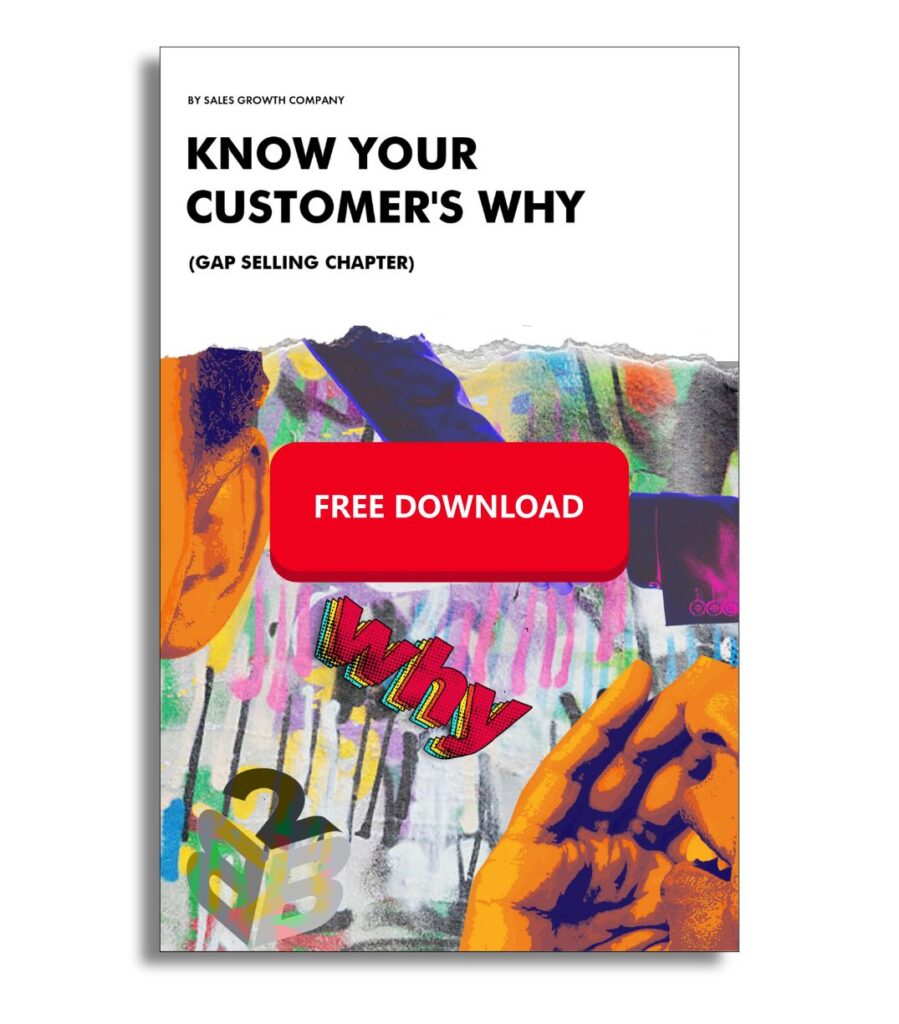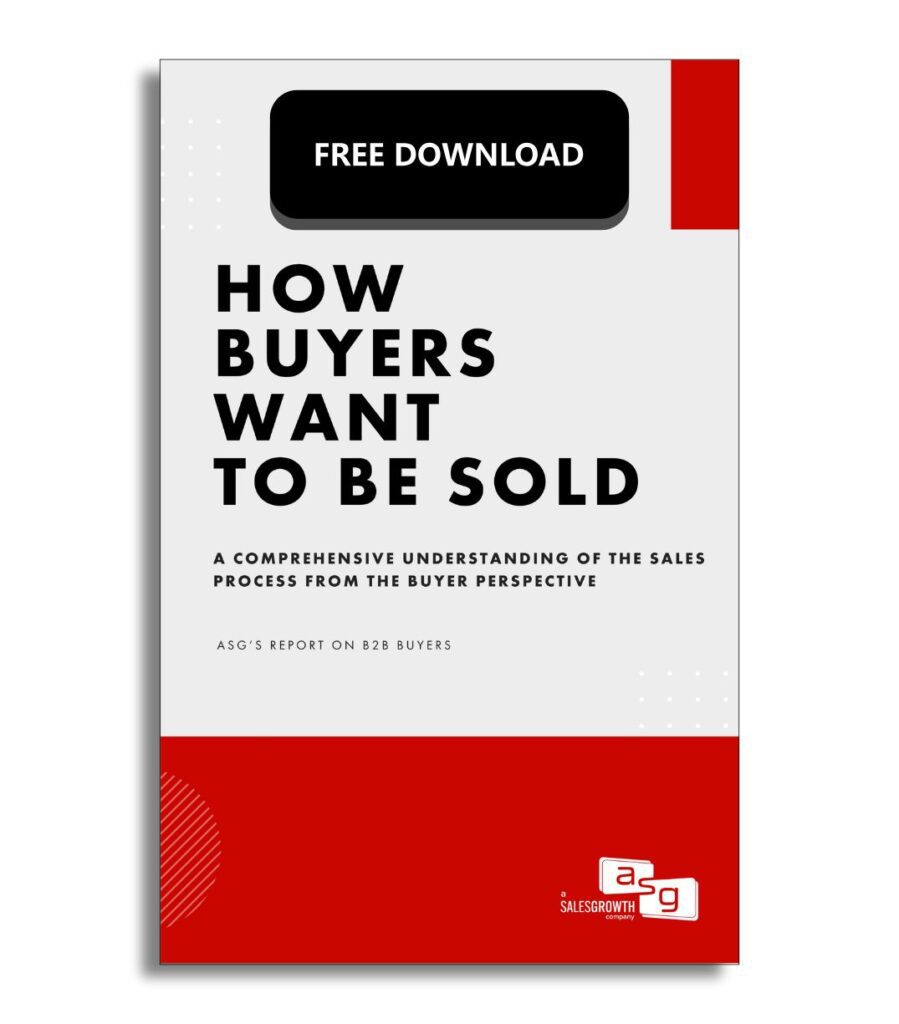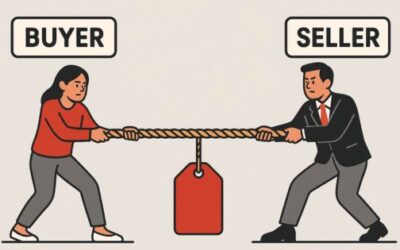If you’re new to sales, you’ve probably heard a lot of conflicting advice; build relationships, be persuasive, stay confident, always be closing. Most of it is outdated or incomplete.
Sales isn’t being pushy, charming, or slick. It’s helping people solve problems. Every good salesperson starts by understanding what the buyer is struggling with and figuring out if they can actually help.
This guide covers the basic building blocks of modern selling. If you’re thinking about getting into sales, or you’ve just started and want to do it right, this is where you begin.
Key Takeaways
- Sales is the process of helping buyers solve real business problems.
- Every deal starts with identifying a specific problem, its cause, and its impact.
- Most products only solve a few problems, focus your efforts on uncovering those.
- Strong sales conversations follow a clear process with defined steps.
- Success comes from learnable skills like questioning, listening, and problem diagnosis.
- Qualification helps you focus on buyers who have real problems and are ready to solve them.
- Top performers build results through repeatable actions and consistent execution.
What Sales Really Is
Sales is the process of helping someone fix a business problem. It’s not pushing a product or trying to be convincing. It’s finding out what isn’t working for the buyer and showing how your solution can help.
- Knows they have a problem
- Decides it needs to be fixed
- Believes your product or service is the best way to solve it
This approach requires asking clear questions, listening carefully, and confirming what you’ve learned before offering a solution. Good salespeople stay focused on the buyer’s world and build their conversations around what matters most to the buyer.
Bonus: It helps to understand how companies track sales outcomes, including the difference between bookings and revenue.
Sales Starts With the Buyer
Every deal begins with the buyer’s problem. If there’s no problem, there’s no sale. Your first job is to figure out what’s going wrong in their world. That means asking specific questions to understand what they’re dealing with, what’s causing it, what it’s costing them, and why they care about fixing it.
Most products or services only solve a few specific problems, usually three to four at most. Your job isn’t to talk about everything your solution can do. It’s to figure out whether the buyer actually has one of the problems your product is designed to fix.
Buyers make decisions when the problem feels real and urgent. When you help them see the size and impact of the issue, you create the momentum needed to move forward.
You’re not there to pitch. You’re there to learn, ask smart questions, and help the buyer talk through their situation. Once you know what’s broken, what’s causing it, and what it’s costing them, then it’s time to talk solutions.
Whether you’re offering a product or service doesn’t change how you sell it still comes down to the buyer’s problem.
Sales Follows a Clear Process
Every successful deal moves through a series of steps. These steps help you stay focused and keep the buyer moving forward. The process usually looks like this:
- Find the problem – Ask questions to learn what’s broken, what’s causing it, and how it’s affecting the buyer’s business.
- Check for urgency – Confirm the buyer cares enough to fix the issue and is open to change.
- Present the solution – Show how your product solves the specific problem they’ve shared.
- Answer questions – Help the buyer understand how it works, what it costs, and what they can expect.
- Agree on next steps – If the solution fits, help the buyer take action.
This structure keeps the conversation focused on what matters. Use it as a guide to ask the right questions, build trust, and create a deal based on real information.
Bonus: Understanding how a sales pipeline works helps you track where each deal stands and which conversations need your attention next.
Sales Relies on Core Skills
You don’t need to be persuasive or flashy to succeed in sales (Some reps believe being likable is enough to close deals, it’s not). You need to know how to run a good conversation. That means:
- Asking clear, open-ended questions
- Listening closely to what buyers say (and what they don’t)
- Summarizing what you’ve heard to make sure it’s accurate
- Digging deeper when something doesn’t add up
- Explaining how your solution connects to their specific problem
These are learnable skills. You won’t get them all right on day one, but the more you practice, the better you’ll get at leading productive sales conversations. Sales is a skill-based role and skill is what drives results.
Sales Requires a Real Qualification Process
Not every interested buyer is a qualified one. A qualified opportunity means the buyer has a problem your solution can fix, agrees that the problem matters, and is ready to work with you to solve it.
Here’s a simple way to qualify:
- Is there a clear business problem?
- Does the buyer agree it needs to be fixed?
- Can your solution fix it?
- Is the buyer willing to partner with you to move forward?
You need all four. If any are missing, the deal is unlikely to close. Qualification helps you focus your time on real opportunities and avoid chasing leads that won’t go anywhere.
You can use this simple qualification framework to quickly determine if a lead is worth pursuing.
Conclusion: Sales Is a Learnable System
Sales is a skill-based job (the 3 most important traits of a salesperson) built on clear questions, thoughtful conversations, and repeatable steps. The best reps don’t rely on personality or pressure. They rely on process.
If you’re new to sales, focus on learning the fundamentals: how to uncover problems, qualify opportunities, and guide buyers toward action. Mastering these basics builds the foundation for long-term success.





0 Comments